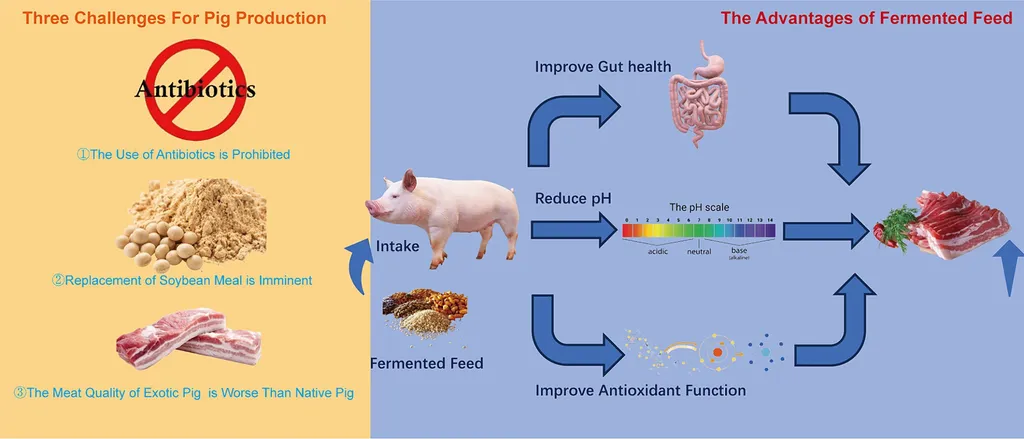In the quest to enhance aquaculture productivity sustainably, researchers have made a significant stride with the discovery that fermented bile acids can boost growth and gut health in Chinese perch. A recent study published in the Journal of the World Aquaculture Society, which translates to the ‘Journal of the World Fish Farming Society,’ reveals that a novel fermented bile acid, named 170HDa, could revolutionize fish farming practices.
Led by Qing Guo from the Shandong Provincial Key Laboratory of Animal Biotechnology and Disease Control and Prevention at Shandong Agricultural University, the research team explored the impacts of 170HDa on growth performance, metabolism, and intestinal microbes in Chinese perch (Siniperca chuatsi). The findings are promising, showcasing substantial improvements in key growth indicators and intestinal health.
The study involved feeding Chinese perch with diets supplemented with varying concentrations of 170HDa, ranging from 0.02% to 0.06%. The results were compared against a positive control group fed with commercial bile acids and a negative control group without any bile acid supplementation. Over the course of six weeks, fish fed with 0.02% to 0.04% 170HDa exhibited significant enhancements in final weight, weight gain, specific growth rate, and feed conversion ratio.
“Our findings indicate that dietary supplementation with 170HDa can significantly improve growth performance and feed efficiency in Chinese perch,” Guo explained. “This suggests that 170HDa could be a viable alternative to chemically extracted bile acids, offering a more environmentally friendly option for aquaculture.”
Beyond growth performance, the study also delved into the metabolic and microbial impacts of 170HDa. Serum biochemical analyses revealed that the fermented bile acid improved lipid metabolism by reducing low-density lipoprotein cholesterol and amylase levels. Histopathological examinations further showed that fish treated with 0.02% to 0.04% 170HDa had more intact intestinal villi and less inflammatory damage compared to the control groups.
The research also highlighted significant changes in gut microbial diversity, particularly at the phylum and genus levels. The highest activities of acid and alkaline phosphatase were observed in the group fed with 0.03% 170HDa, indicating enhanced intestinal health. Additionally, elevated levels of inflammatory markers such as IL-1β, TNFα, and NF-kB p65 were found in the 170HDa-treated groups, suggesting a potential role in modulating immune responses.
The implications of this research are far-reaching for the aquaculture industry. As the demand for sustainable and efficient fish farming practices grows, the use of fermented bile acids like 170HDa could offer a promising solution. By enhancing growth performance and intestinal health, this innovation could lead to more productive and environmentally friendly aquaculture systems.
“Our study provides a foundation for further research into the use of fermented bile acids in aquaculture,” Guo noted. “We hope that our findings will inspire more studies to explore the potential of 170HDa and similar compounds in improving fish health and productivity.”
As the aquaculture industry continues to evolve, the integration of advanced nutritional strategies like 170HDa could pave the way for more sustainable and efficient fish farming practices. This research not only highlights the potential of fermented bile acids but also underscores the importance of ongoing innovation in the field of aquaculture.

